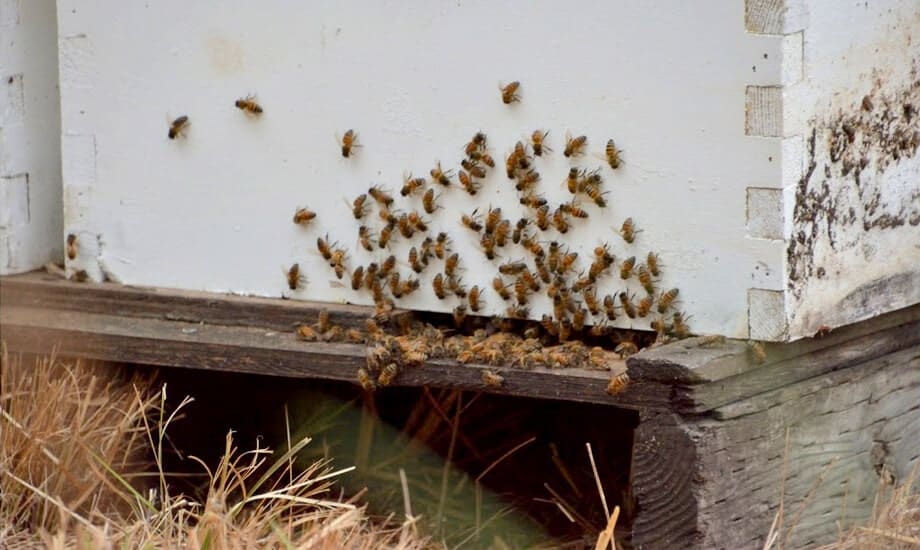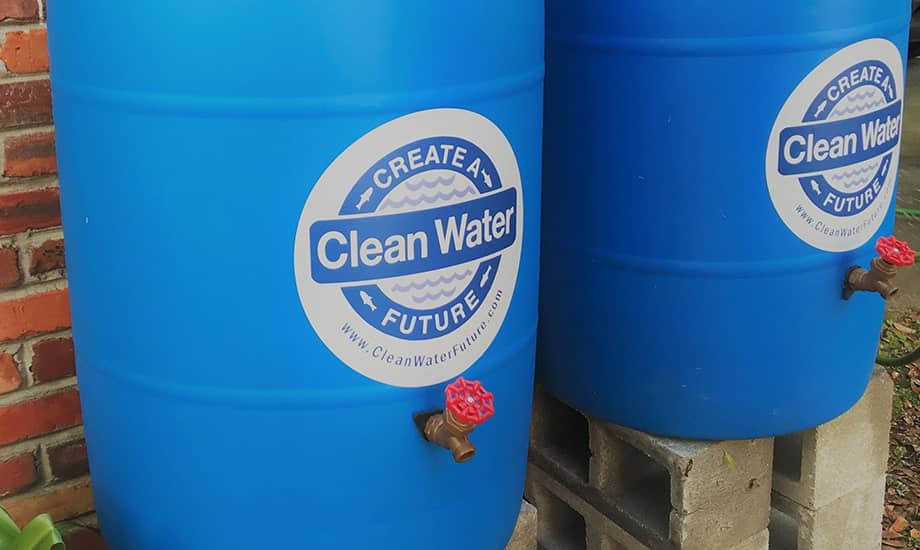Why Biodiversity Matters
Governance
175,000
Acres Under Management
All land managed by Soterra is SFI certified, demonstrating our management practices are sustainable and responsible.
Since December 2008, Soterra, LLC, our subsidiary engaged in Land Management, has adhered to the principles of the Sustainable Forestry Initiative (SFI) and followed Best Management Practices defined by each state for its managed timberlands. Soterra forests provide timberland habitat for wildlife, forestry management services and serve as a space for recreational land use. Soterra operates in the Southeastern United States, managing 175,000 acres of timberland in Alabama, Louisiana and Mississippi. In 2021, Soterra forests sequestered 1,129,000 tons of CO2. Soterra also sold 69,200 acres of land in southwest Alabama last year, approximately 30% of the previously held land base.
In 2021, Soterra received SFI certification for all its forest management activities for lands it owned and managed, including the harvest of forest products. Soterra’s land management practices have aligned to SFI principles since 2008, but we were motivated to receive official SFI certification to create an additional accountability, receive recognition for practices already instituted and to align with the broader Greif sustainability strategy. Soterra received certification following an on-site, third-party audit. Auditors reviewed Soterra’s policies, practices, documentation and inventory data and conducted field observations to confirm alignment with all relevant SFI Objectives and Indicators. In 2022, we will use the feedback from the certification and audit processes to improve our practices and initiate corrective actions, as needed.
SFI and state-specific Best Management Practices guide Soterra’s harvesting and overall forestry practices to ensure we adhere to all regulatory requirements and apply the highest standard practices throughout our operations whenever possible. We apply a sustainable harvest methodology based on a 30-year rotation to our timberlands. Prior to harvesting any site, we conduct a thorough review of the area to assess the overall biodiversity value of the site and identify any protected animal or plant species that may be impacted by the harvest. If any areas within a site are identified as having a high biodiversity value, or serve as a habitat to a protected species, appropriate buffer zones are established to ensure that species is not impacted and, if necessary, alter preparation and harvesting methods accordingly. We perform regular field inspections and update the relevant forms. To-date, no Soterra-managed lands have been identified as having high biodiversity value; however, since 2008, nine species of concern have been identified within our geographic areas and protected as necessary.
We maintain a Safety Team within Soterra responsible for building and maintaining a strong safety culture throughout our operations. Our colleagues and subcontractors operate heavy machinery when harvesting and can drive 40,000-50,000 miles annually assessing and maintaining our land. These colleagues are required to take a defensive driving course every other year. The COVID-19 pandemic delayed the administration of the driving course in 2021, but this course will be provided online in 2022. All our operational policies, including our safety policies, extend to subcontractors that perform work on our behalf. For more information about our safety practices and priorities, please visit Health & Safety.
We work to improve our land management practices through technology whenever possible. We use geographic information systems to record and track our planting, maintenance and harvesting activities and artificial intelligence and drone technology. These technological advances help to reduce the need for workers in the woods and increase efficiency and cost savings. To date, our drone pilots have mapped over 200,000 acres of company and private land.
In 2021, we continued to diversify Soterra’s revenue streams by investigating new opportunities with byproducts, consulting services, carbon storage and renewable energy. Diversification is important to mitigate risk and provides opportunities to further align our business with an increasing demand for sustainable products and services. For instance, through our consulting services we have helped regenerate and plant trees on over 22,000 total acres of private land since 2016. In 2022, we expect to further our diversification efforts and increase the percentage of our revenue from non-timber land management initiatives.
As part of our diversification strategy, we have taken steps to incorporate solar energy into land management activities. We currently have over 60,000 acres of land under solar options with seven developers. Louisiana is at the forefront of our solar initiatives, with additional projects in Mississippi and Alabama. As we expand our solar initiatives, we are committed to monitoring any impacts on the biodiversity of the lands we manage, including protecting corridors and stream zones, as needed.
Portions of our land may provide favorable geologic formations to support underground carbon storage. Carbon capture and storage is another method to reduce the amount of carbon dioxide in the atmosphere. In the coming years, we anticipate evaluating opportunities related to carbon storage. Ahead of these opportunities, we are working to gather data and build an inventory of our land by volume in 2022. Using a volume basis for benchmarking, as opposed to an acreage basis, will be important to advance harvest practices and to align with the expectations of future carbon storage projects.
Pollinator Habitat Improvement Study
The year 2013 marked the conclusion of a multi-year pollinator research project that occurred on Greif/Soterra LLC timberlands in south Mississippi. The study was conducted in conjunction with the Pollinator Partnership and NAPCC—the world's foremost experts on pollination issues—to learn how pollinators impact wildlife food availability on timber landscapes, the added value of hosting honey bees and beekeepers on the landscape and to discover the best management practice for ecosystem services on forest landscapes.
The study produced some interesting recommendations for sustainable timberland management practices that should benefit timberland owners, pollinator species, local wildlife and ecosystems alike. Greif is committed to its sustainable land use platform and will help distribute any resulting publications to industry partners, regulators and members of the academic community globally to influence positive environmental management in timberland systems.
In 2013, the Sustainable Forestry Initiative (SFI) recognized Soterra LLC and the Pollinator Partnership with its coveted Conservation Leadership Award for this research. The state of Louisiana also recognized the efforts on the program by declaring a state-wide Pollinator Week in the spring of 2018. As of 2021, Soterra LLC continues its support for education, outreach, conservation and scientific research relating to the importance of pollinators in our ecosystem by maintaining its involvement in the Pollinator Partnership as an active Board of Directors member. To learn more, please see our article in Bee Culture Magazine .

Rain Barrel Program Receives Stewardship Environmental Award
In 2018, Soterra established a partnership with the National Estuary Program to use donated Greif drums to collect rainwater. Through the program, each drum is outfitted with a rain barrel conversion kit to help store, capture and put rainwater to good use. The barrels are installed in impoverished areas with historically high utility costs that are also prone to flooding and water pollution associated with excessive water runoff. In 2021, 200 drums capable of providing 260,000* gallons of water were installed in the community. In 2019, we received an Environmental Stewardship award from Partners for Environmental Progress in recognition of the program. In 2022, we will deliver another 200 drums to expand this project. We will also provide homeowners the proper training and instruction upon instillation.
*According to the United States Environmental Protection Agency, a rain barrel saves 1,300 gallons of water during peak summer months.

SUSTAINABILITY HIGHLIGHTS
1.1 M
Tons of CO2 Sequestered by Soterra Forests
We continue to consider and evaluate the carbon management potential of our managed land.
22,000
Acres Planted on Private Land, Since 2016
Soterra Land Management offers regeneration services to assist private landowners.





